Why Are My Lavender Plants Dying? 7 Reasons & Solutions
-
Brooke Bundy
- Last updated:
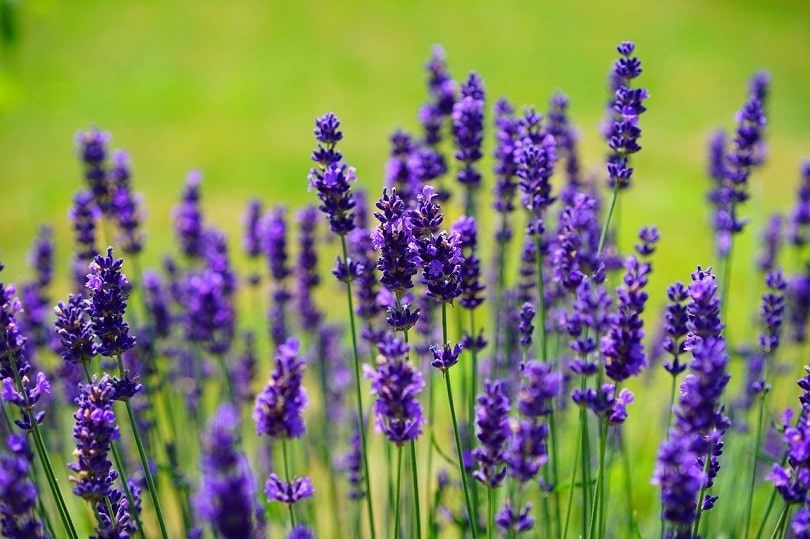
Often used in soaps, teas, flower arrangements, and rock gardens, lavender is a distinctly sweet herbaceous perennial flower that grows in zones 5-10. Lavender is native to the Mediterranean and prefers a similar dry, mild climate, but there are some varieties that can do well in other environments. There are over 45 species and 450 varieties of lavender, but thankfully there are only four main classification groups: English, French, Spanish, and Lavandin hybrids.
Although lavender generally grows best in arid conditions, each type has its own strengths and weaknesses that determine whether it’s a good fit for your garden. If your lavender plant isn’t thriving, read on to identify 7 reasons why this might be the case as well as identify which plant you have.

The 7 Reasons Your Lavender Plants Are Dying
1. Over-watering
Since lavender originated from the Mediterranean area, over-watering is more of a serious concern than under-watering. The symptoms can look the same at first glance, with droopy, wilted leaves and a toughening stem, but upon further examination, an overwatered plant might have small fungus gnats swarming around it because it’s likely developed root rot. This disease can be fatal to a plant if you don’t act quickly.
A healthy root system will have a whitish color, but the roots of a rotting plant will be brittle, dark, and dank. They may snap easily and might have a foul odor. If your plant has developed root rot, you can give it another chance by snapping off the brittle pieces and replanting it in another pot with well-draining soil.
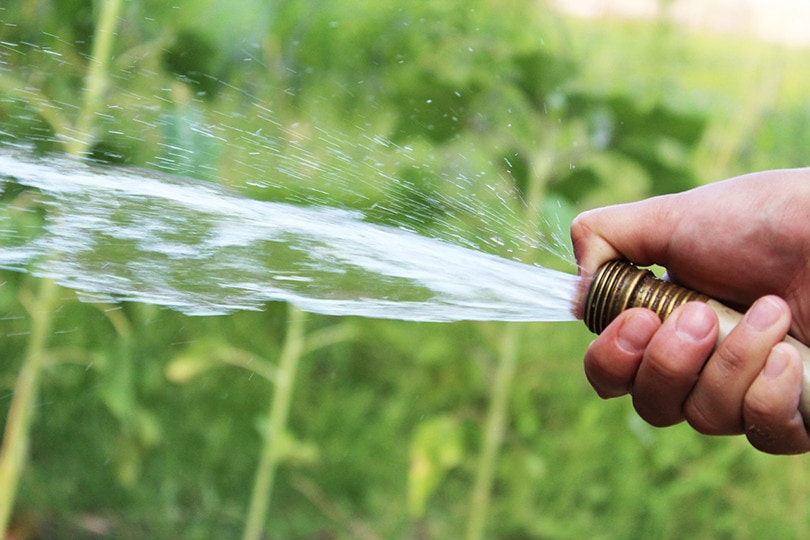
2. Under-watering
It’s rare, but possible, especially if you’re in an area that’s experiencing a drought. You should water your lavender when the top inch of soil is dry, or if the leaves turn brown and crispy. Avoid watering in the hottest parts of the day, however, or you might scorch the leaves accidentally.
3. Poor Soil Conditions
Unlike most plants, adding fertilizer won’t fix the soil problem. Actually, lavender prefers a low-fertile soil. It will grow best in a little bit of sandy soil or dirt with rocks, such as in an ornamental rock garden, or in a container with a ratio of 1/3 sand and 2/3 compost by volume. No matter where you plant lavender, make sure the soil isn’t compacted so that the water can drain, and only plant in pots with a good drain hole.
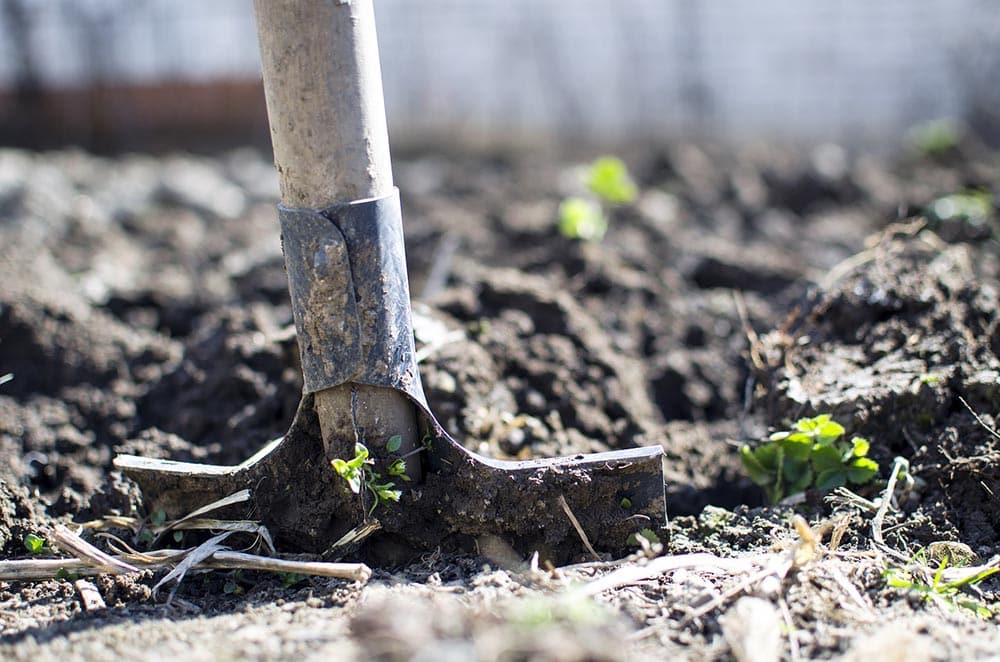
4. Too Cold
If you live lower than Zone 5—or if you have any variety other than English lavender—your temperature zone might be too cold for the plant in general. French and Spanish varieties will tolerate zones 5-7, but they really thrive in the 7-10 range.
5. Too Hot
English lavender only survives in areas up to zone 8. If you live in the southern United States—especially in areas of high humidity—the French or Spanish variety will be more suited to your conditions.
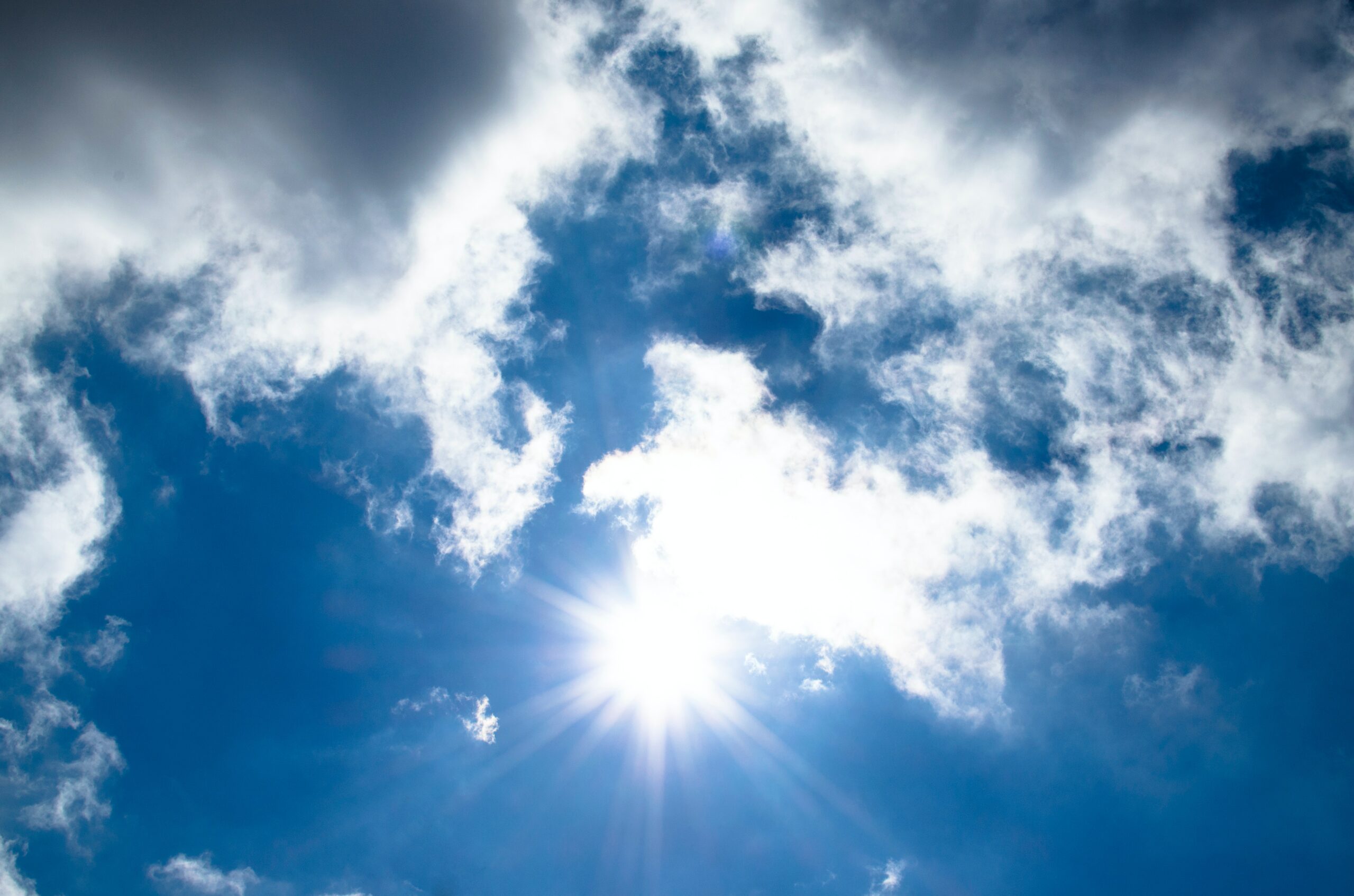
6. It’s Actually Going Dormant
Depending on your planting zone and type of lavender, your plant may not be dying but going dormant for the winter. English lavender will survive outside in zones 5-10, but it won’t bloom during the colder months. All other varieties need to be brought inside during cold weather or treated as annuals.
7. Too Humid
While lavender loves heat, they don’t like humidity. Unlike English lavender, French and Spanish lavender may be grown in subtropical climates, such as zone 9-10, but you’ll need to take extra care that they’re planted in well-draining soil with plenty of room to grow because you don’t want a compacted root system to choke out your plant. Because of the dense humidity, they’ll only need occasional watering.
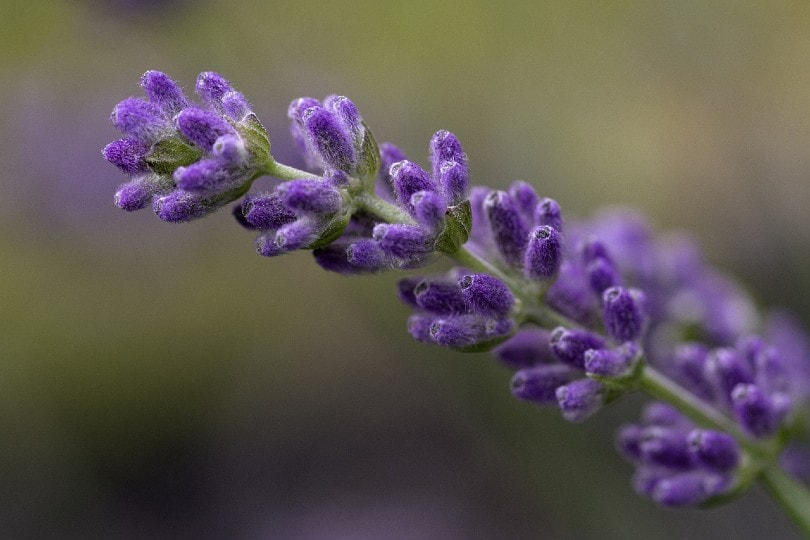

How to Identify the Four Main Types of Lavender
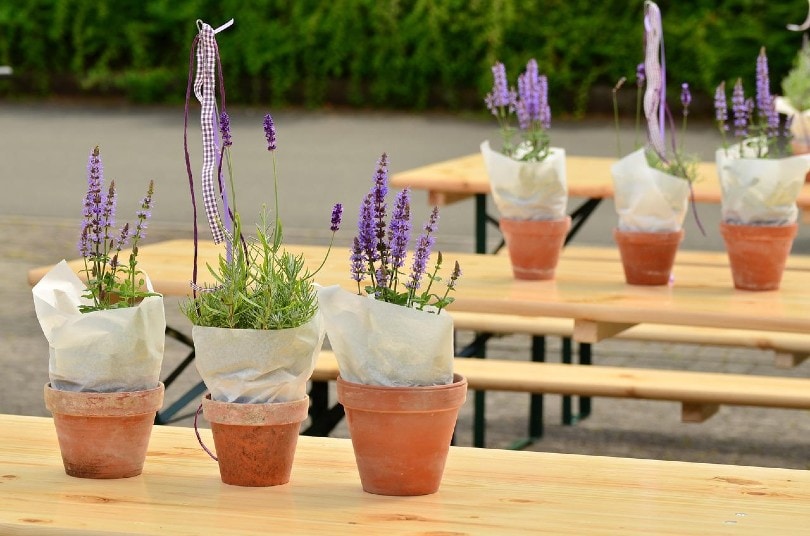
Depending on your growing zone, you might spot a few different varieties of lavender at your local plant nursery. However, there’s probably only one or two types that will do best in your yard.
- Edible. Although some are considered “culinary types” because their flavor is best suited for cooking, all lavender plants are edible. You probably don’t want to eat the tough, woody stems, but the flowers and leaves may be used for tea, scones, or anything else you envision.
- 5-8 soil pH. Lavender plants prefer slightly acidic to slightly alkaline soil.
Temperature zones are based on the average lowest temperature for that region. Zone 5 gets no lower than -10 to -20ºF, however, it’s important to recognize that this isn’t a sustained low. Rather, -20ºF is the lowest possible temperature that’s only reached a couple times each year.
Zone 5 is the lowest zone where lavender can safely grow, and that’s not for every type. On the upper end, Zone 10 is the highest place where lavender thrives. This region’s lowest average temperature is 30º to 40ºF.
| Type of Lavender: | Zone: | Defining Traits |
| English Lavender (Lavandula angustifolia) | 5-8 | “True Lavender.” Cold weather hardy to roughly -10 to -20ºF. Most commonly grown in the northern states, where it goes dormant for the winter. Tall, wispy stems with vibrant purple flowers that can also be pink or white. |
| French Lavender (Lavandula dentata) | 5-10 | Mostly grown as an ornamental plant in hotter climates than English Lavender. This type has thick, feathery leaves and the longest stems of any variety with beautiful flowers on the top. French lavender enjoys full sun in gritty, well-draining soil, and thrives in rock gardens and container gardens. |
| Spanish Lavender (Lavandula stoechas) | 7-10 | Tolerates humidity better than any other variety. Lavandula stoechas has short stems and large flowers, which tend to be purple. It has a distinct extra bloom on the top of its stem that looks like the tail on a butterfly shrimp. |
| Lavandin Hybrids (Lavandula x intermedia) | 5-10 | Features popular hybrids such as Provence lavender. These are late bloomers that are more tolerant to humidity than English lavender. They tend to have a strong fragrance and are commonly used for essential oil production. |

Conclusion
Lavender can be grown to be used as a culinary treat or as a hardy herbaceous perennial to decorate your rock garden. While you can grow lavender in most parts of the United States, you should pick the variety most suited to your climate for best results. Over-watering your plant, or placing it in dense, poorly draining soil causes the most frequent damage to lavender, but other possible causes of death such as under-watering shouldn’t be ignored. Monitoring the weather can help you make the best decisions for your plant to help it receive adequate water and sunlight while avoiding cold, harsh temperatures.
Featured Image Credit: Hans, Pixabay
Contents
